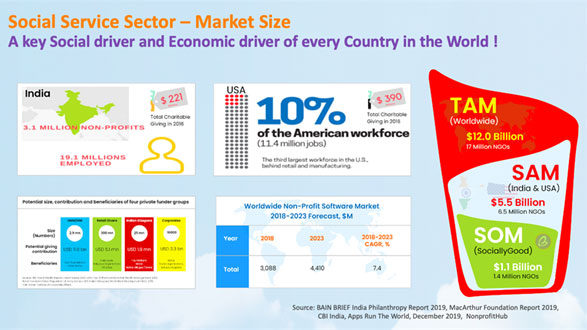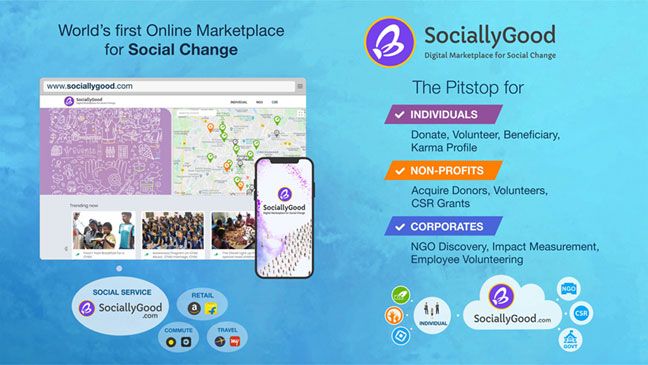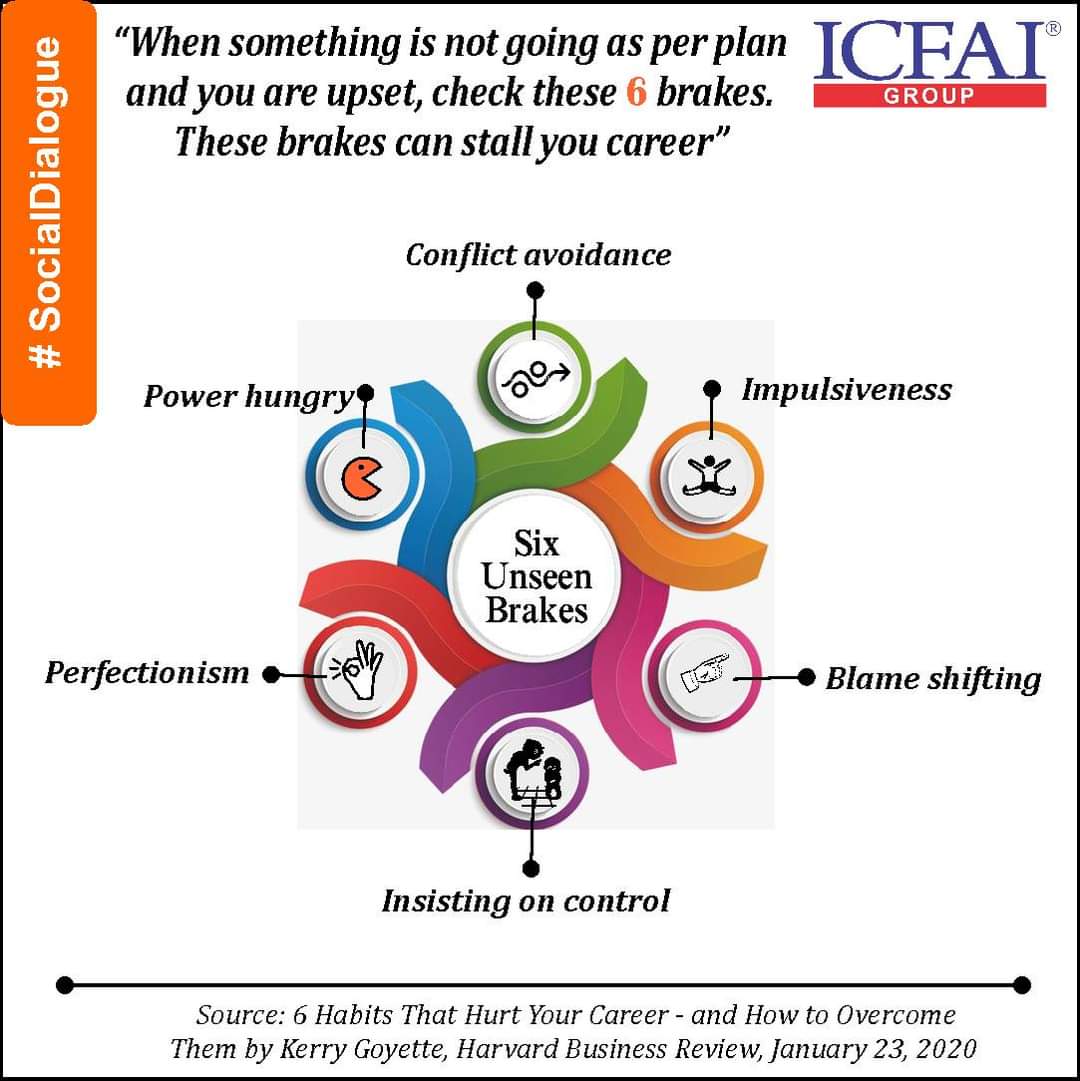
An evening with Mr. Bhaskar Enaganti
On Friday, June 24, we had a very insightful session by Mr Bhaskar Enaganti.
About Bhaskar Enaganti
Mr. Bhaskar Enaganti is a serial entrepreneur who has been featured in
the book ‘Icons of Indian IT’ authored by Prof. Sadagopan, Director of
IIIT Bangalore.
Bhaskar is the founder and CEO of Socially Good, a startup developing
the world’s first digital marketplace for social change supporting the
primary drivers of the social sector including NGOs, CSRs and
Individuals.
Earlier, Bhaskar founded GloMantra Inc., a startup developing
recommendation and personalization Technology, and Smart Digital
Assistants (myBantu) for Retail and Entertainment industries.
Bhaskar also set up Aalayance Inc, a startup focusing on business
integration solutions for Global market. He was primarily responsible for
building the 150+ member Product Development and Professional
Services business, and driving the Aalayance acquisition by HCL
Technologies.
As Manager at the Center for Strategic Technology & Research (CSTaR), Accenture, Chicago, Bhaskar developed the Knowledge- based Software Assistant (KBSA /ADM). As Principal Architect at Telco (a TATA company), he spearheaded the architecture and development of Turbo Analyst, a CASE tool – India’s first packaged software product for global market in 1991.
As Founder and Chairman, he started Manavoori Seva Samithi (MaSS) , a socio-economic-cultural NGO for the holistic development of villages in Andhra Pradesh, India. Bhaskar holds a Masters from the Indian Institute of Science ( IISc ), Bangalore, and a B.Tech from the Indian Institute of Technology (IIT), Madras, India.
Trends
Bhaskar began by covering the important technology trends: AI, IOT, Blockchain, Cloud and the digital market place. He also referred to the evolution of software development models from custom built software (in the 1980s and 1990s) to products (starting from about 2005) and now platforms (since 2015). Today is the age of online market places and app stores.
Earlier, the software was role focused. Thus, in the airline industry, a travel agent would use it to book a ticket. Now it is user focused, meaning that users can directly use the software. Platforms bring together the users and the service providers. They have a global impact and are widely popular. Facebook is a platform where we can engage with friends. Amazon is a platform where we can engage with a range of products.
The social sector is a huge opportunity. It is a huge unaddressed market. There are 3.1 million nonprofits in India and almost 2 crore people are employed in this sector. (In the US, 10% of the workforce is employed by non-profits.). But the sector has been traditionally unorganized. With the availability of platforms, the sector can become more organized.
Platforms for the social sector can enable various activities: crowd funding, donations, volunteering, event management, beneficiary management and member management. The three main stakeholders are: socially responsible individuals, NGOs and corporates.
Note: Often tangible resources (like land, space, automobiles) or intangible resources (like skills, time, and expertise) are left underutilized or idle. The sharing economy encourages the utilization of these resources by others, thereby ensuring that this spare capacity does not go waste and is in some way redistributed. Crowd funding platforms have been some of the most successful digital platforms in recent years and have also helped fuel the rise of other sharing- economy enterprises. There is a significant overlap between crowd funding and the sharing economy. The former connects funds with those who need it and the latter connects resources with those who need it.

Till recently, technology for the social sector has largely consisted of point solutions. There have been solutions to manage discrete activities such as fund raising. But there was no end to end platform so to say. Socially Good is playing that role.
The Socially Good platform takes care of the needs of individuals, non- profits and corporates. It brings these stakeholders together and enables them to engage and consume various services. The platform creates a “social karma” profile of people who actively contribute to society in various ways. Students can leverage this profile in their Statement of Purpose, while applying for admission to universities, corporate executives can do it their resume while seniors can share it with the next generation. (Just like in LinkedIn we can create a professional profile, with Socially Good, we can develop our Social karma profile.)
The digital market place has been embraced by many industries. Now, it has been extended to the social sector. On Socially Good, as many as 33,000 NGOs are listed. Revenue has crossed Rs 1 crore and 1200 NGOs are actively involved. The platform is free to individual users but there is a subscription fee for NGOs. The platform plans to impact 100,000 NGOs by 2022 and 1,000,000 NGOs by 2024.

Many people want to contribute to society but find it difficult to participate. This is where the platform comes in and makes the experience simple and satisfying for all the stakeholders. The platform facilitates not just buying and selling but also exploration, discovery and exchange of opinion.

Individual beneficiaries can create a campaign and run it on the platform. The platform does the matchmaking and discovers the sources of funds. Any nonprofit handles social service activities on the ground, enables engagement with various stakeholders and has a back office to take care of finance, HR, logistics, etc. A good platform should enable all these activities. It should be simple, user friendly and people should be able to learn to use it on their own.
Multi-channel digital engagement with customers is important. We should be able to reach customers wherever they are. Bhaskar spoke about some challenges involved while operating a platform. In digital marketing, content plays an important role and there can be associated liabilities. So the content must be monitored closely. Nonprofits have high expectations and as they scale up, their expectations increase further. Meeting these expectations is a challenge. Gamification is important but doing so in the social sector is not easy.
Q&A
On his personal journey
Bhaskar’s start up journey began in 1999. Since then he has been a serial entrepreneur and launched many startups. His involvement with NGOs started in 2010. Bhaskar realized that NGOs were not getting the required support. In 2015, when some NGOs approached him, he jumped in. But instead of just helping a few NGOs, he realized the need for using technology to help a large number of NGOs at the same time. As he began to work with various NGOs, his platform scaled up. Over time, things have fallen in place. Bhaskar admitted that it is difficult to plan everything as an entrepreneur. We must be prepared to grab the opportunities that come our way and take risk when required. Indeed, risk taking is in the DNA of any entrepreneur, social or otherwise
On the drivers today which did not exist earlier
Bhaskar pointed out that social service is an old phenomenon. It is an integral part of human nature. What has changed things is the use of technology.
Talking about technology, Bhaskar pointed out that when a new technology emerges, only some people initially use it. For example, when ATMs took off, some people were hesitant as they were worried that their cards would get stuck in the machine. Technology adoption is a function of adaptability, mindset and inertia. Today, both individuals and NGOs are ready to use technology to their advantage.
Technology is enabling people to contribute to their social sector without upsetting their daily schedule. NGOs are realizing that technology can increase their impact manifold. They can sit in one corner and run their activities across the world. Thus, Seva was able to mobilize 120,000 donors in 3 months.
On some impactful initiatives on Socially Good
During Covid, some 30 NGOs leveraged the platform to fulfil various needs: distribution of covid kits, taking care of orphan kids and migrant workers and addressing mental health. Money was collected and concentrators distributed using the platform. The platform recently played an important role in the evacuation of Indian students in Ukraine. In fact, this initiative was enabled in just 48 hours. More generally, Socially Good is handling initiatives in sectors like Education, Livelihood, Environment, etc.
On aligning with the UN SDGs
Socially Good has been able to impact 11 out of the 17 SDGs. Indeed, the platform has enabled NGOs to align with SDGs and thereby market their initiatives more effectively. Most governments have embraced SDGs. In India this has happened with both the Central government and various state governments. Now, this is percolating down to the local governments.
On what differentiates Socially Good
Each market place has its own purpose and a platform must be aligned accordingly. On a social media platform like Facebook, people want to hang around. On Twitter, people want to build followership with their comments. WhatsApp is about instant messaging. Amazon is about shopping.
It is important to address the specific needs of the domain. Thus domain and technology have to come together seamlessly. Other platforms too have some point solutions to serve the social sector such as collecting donations or volunteering. Socially Good has customized its platform and provided a customized end to end solution to meet the needs of the social sector. It is not just about mobilizing donations. It is about the overall transformation of the social sector. It is like Uber. Before Uber, there were taxis. But Uber has transformed the sector by changing the customer and driver experience.
What Amazon has done for retail, Socially Good would like to do for the social service sector. Bhaskar emphasized that the top three features for any platform to succeed are:
- SIMPLE to appreciate and adopt
- EASY to be used by all the stakeholders
- GAMIFICATION to create interest and engagement
It is a big market and there is space for many more players. There are many open challenges like gamification and personalization. So there are exciting opportunities for entrepreneurs who want to enter this space.
On the revenue model
Socially Good is an affordable platform. It has different plans. The basic functionality is provided free. Advanced functionality is charged. Plans can be scaled up or down depending on usage. There is a lot of flexibility. People can come on board, try free services, subscribe to premium services, downgrade or scale up and even unsubscribe in a worst case scenario.
On need based and urge based services
In general, there are two kinds of services: need based and urge based. Need based services address requirements which are clearly spelt out (and cannot be avoided) like moving from one place to another. But in case of urge based services, it all depends on the inclination of the customer and there may be no tangible need for the service.
The social sector is urge based. There is no compulsion to do social work and people will jump in only when they feel the urge. Platforms which serve urge based needs can scale up naturally. There is no need to advertise or push customers to come. In case of urge based services, the platform must be simple, intuitive and provide a fun oriented experience.
On tying up with the government
The government is a huge player and has plenty of funds at its disposal. But Bhaskar’s resources are limited and he does not want to bite more than he can chew. Currently, he is focusing on individuals, NGOs and corporates. But once he has gained critical mass, he will engage with governments. This may happen in 2023 or 2024.
On ensuring that contributions reach the beneficiary
It is important that every contribution reaches the correct destination. Transparency and accountability are important. The Social karma profile will be a big enabler here. Technologies such as block chain can promote trust based transactions and create the much needed transparency and also enable the tracking. Bhaskar believes that every engagement should be live and constantly tracked.
On ensuring the genuineness of beneficiaries
How do we manage the genuineness of beneficiaries? They are managed by the NGOs. So we have to trust the NGOs. At least, that is the practice now. There is no direct interaction with the beneficiaries. In the long term, this may be possible through some kind of social certification.
On ensuring privacy
It is not a question of balancing. Privacy is nonnegotiable. Consider Apple’s campaign: iPhone means privacy! The social karma profile will be a big enabler. Using the profile, people can undertake transactions. They need to only disclose as much as they feel comfortable about. In addition, it is important to host the data on a widely accepted cloud platform such as AWS or GCP which guarantee security and accessibility.
In the digital market place, there is no need to share our phone number or email with anyone. However, if someone discloses it to someone, leakage from that point of time onwards cannot be prevented. That is why we get so many unwanted calls from NGOs!
We thank Dr. Vedpuriswar for bringing out the highlights in the form of this note
